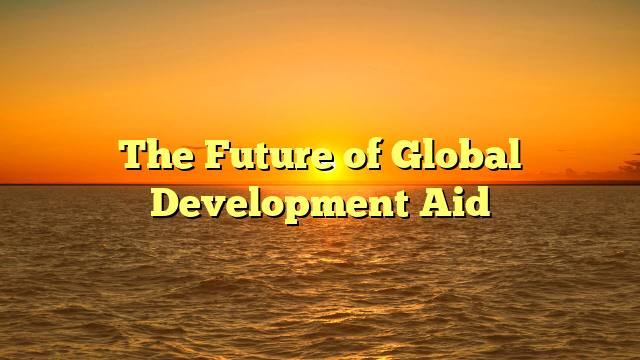Foreign aid is undergoing a fundamental transformation. Once centered on poverty reduction and humanitarian relief, development finance is now increasingly game slot Naga169 shaped by strategic interests, climate goals, and competition among major powers.
Traditional donors — particularly the U.S., EU, and Japan — face new rivals. China’s Belt and Road Initiative (BRI) and Gulf investment funds have redefined development diplomacy, offering infrastructure and loans without the governance conditions typical of Western aid.
At the same time, global crises have blurred the lines between aid, investment, and security policy. Development budgets are increasingly tied to migration management, green transition, and digital connectivity.
African and Asian governments, empowered by competition among donors, are asserting more agency. “Aid is no longer charity — it’s negotiation,” said Kenyan economist Bitange Ndemo.
Multilateral institutions such as the World Bank and IMF are under pressure to reform financing rules to better address debt distress and climate adaptation. The new “Global Development Compact,” proposed at the 2025 G20 Summit, seeks to coordinate efforts and increase transparency.
Yet skepticism remains. Civil society groups warn that development aid is being instrumentalized for geopolitical gain rather than long-term progress.
The age of passive recipients is over; global aid is now a marketplace of influence — and its politics are only getting sharper.
